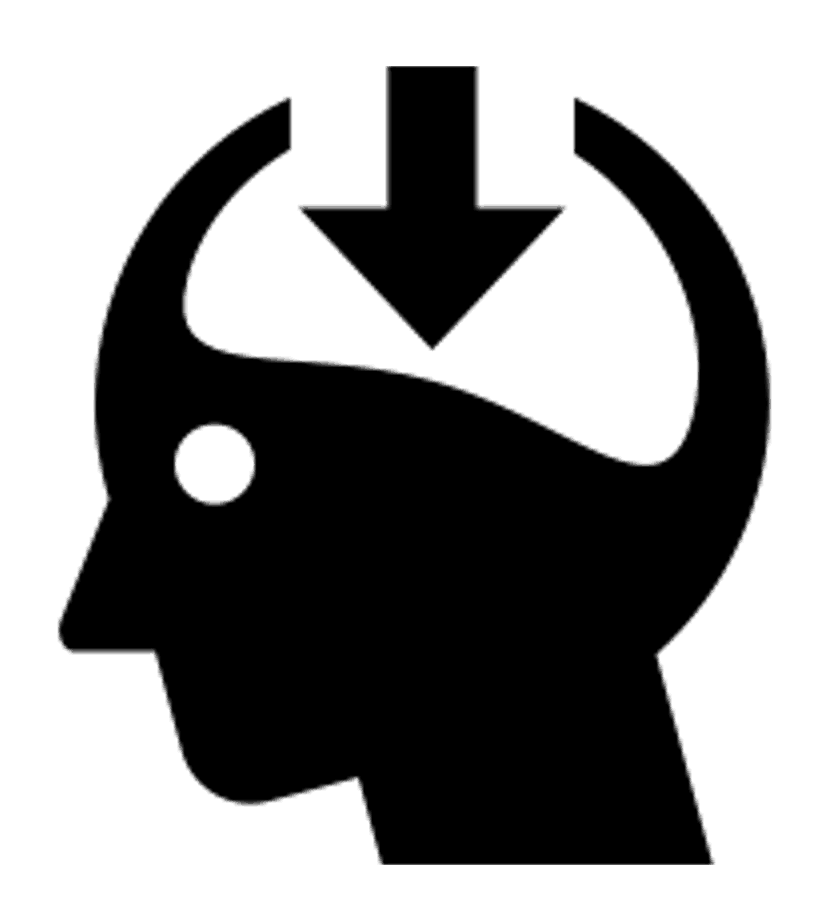Effective knowledge management solutions don't just make knowledge available through an I-Net, they systematically capture knowledge, and structure it
so that people get what they need, when they need it, and aren't distracted by knowledge that's untimely, outdated, or irrelevant.
The solution's structure reflects several key trade-offs regarding content and how it will be distributed to users:
- All-inclusive vs. selective.
If the volume of information grows too large, the system will become slow and unwieldy, and people won't use it. One
company widely known for its early success with knowledge management ran into trouble when users became overwhelmed with too many databases, too
many documents, too many categories -- and couldn't find the information they needed. Today, the company no longer dumps entire contents of articles
and reports into the system. It limits on-line content to abstracts, and directs interested readers to the authors for more information.
- Just-in-time vs. just-in-case.
Knowledge is more valuable when it is delivered at the moment it's needed -- "just in time" -- rather than being available at all
times -- "just in case." Just-in-case systems devalue knowledge, as people become accustomed to receiving information that's not relevant to their jobs.
They may ignore the messages, or spend valuable time following threads that are interesting but not germane to their work.
- Push vs. pull.
Under a "pull" system, users proactively seek knowledge when they need it; a "push" system distributes knowledge to its audience, often
pushing it through customized filters. Pull systems don't distract users with unwanted updates, but require user initiative. Push systems get information
onto users' desktops, and thus may be more likely to influence decision-makers, but they work best when they correctly anticipate users' needs, and don't
push unnecessary knowledge on people.
|
 Hari Srinivas - hsrinivas@gdrc.org
Hari Srinivas - hsrinivas@gdrc.org